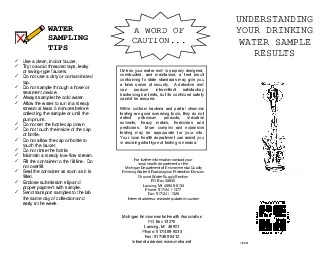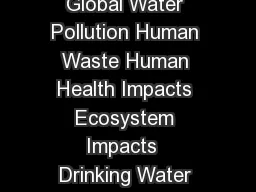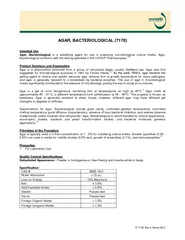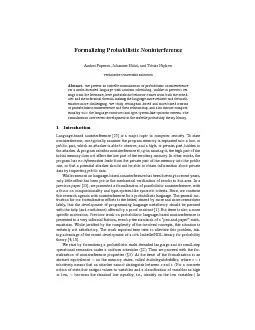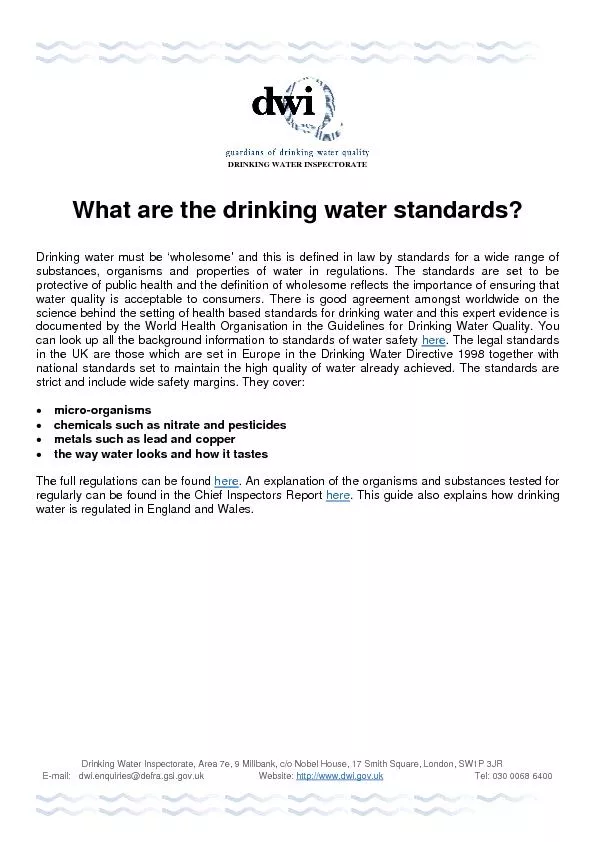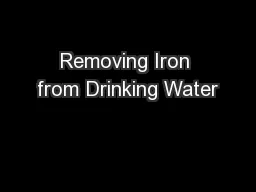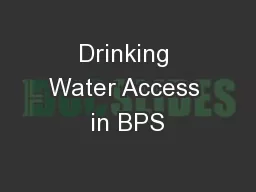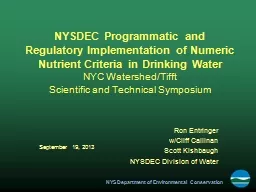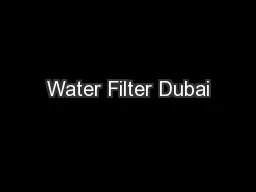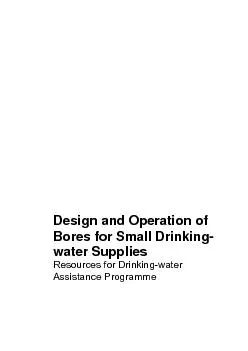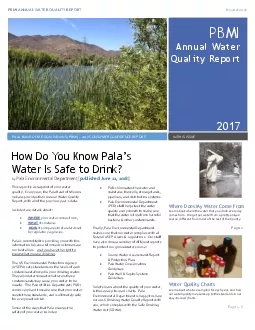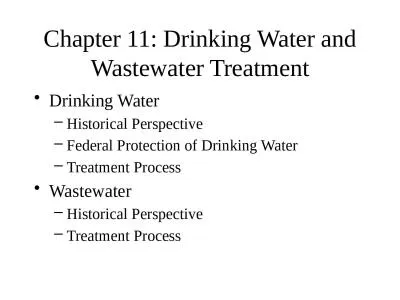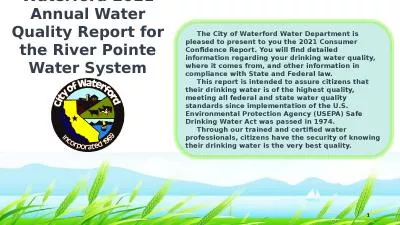PDF-Evaluation of the bacteriological quality of drinking water is done us
Author : beatrice | Published Date : 2021-09-09
ND147Not Detected148 150 No coliform organisms were detected in the water sampleThe sample met the state drinking water standard for bacteriological qualityat the
Presentation Embed Code
Download Presentation
Download Presentation The PPT/PDF document "Evaluation of the bacteriological qualit..." is the property of its rightful owner. Permission is granted to download and print the materials on this website for personal, non-commercial use only, and to display it on your personal computer provided you do not modify the materials and that you retain all copyright notices contained in the materials. By downloading content from our website, you accept the terms of this agreement.
Evaluation of the bacteriological quality of drinking water is done us: Transcript
Download Rules Of Document
"Evaluation of the bacteriological quality of drinking water is done us"The content belongs to its owner. You may download and print it for personal use, without modification, and keep all copyright notices. By downloading, you agree to these terms.
Related Documents

